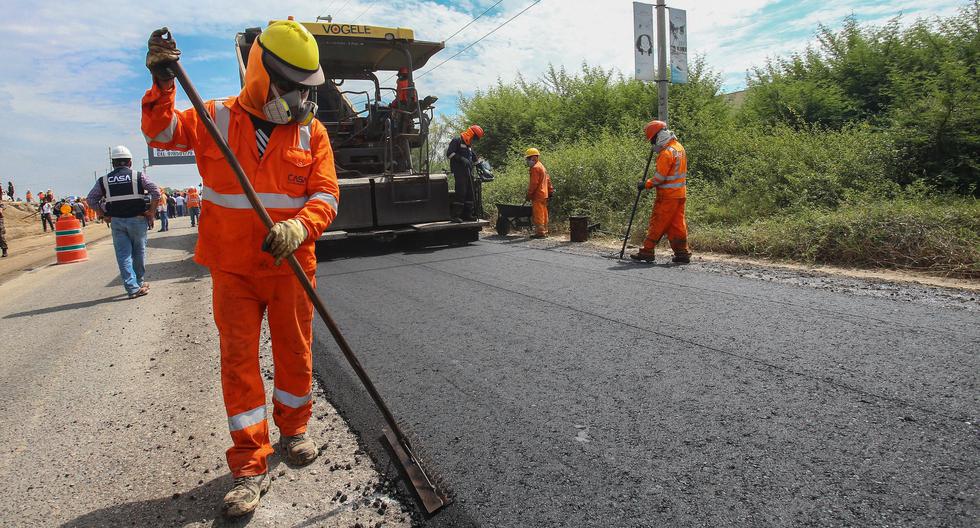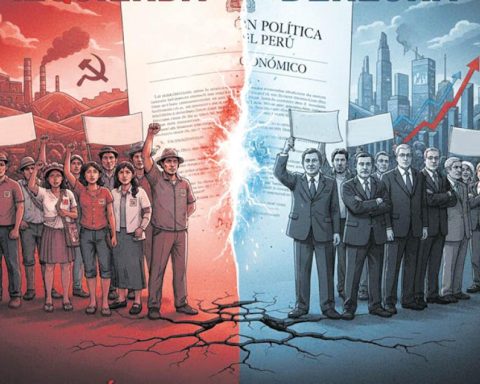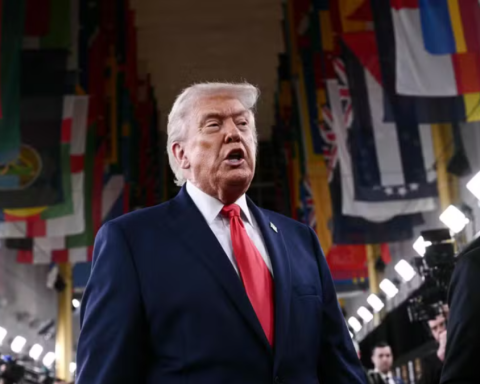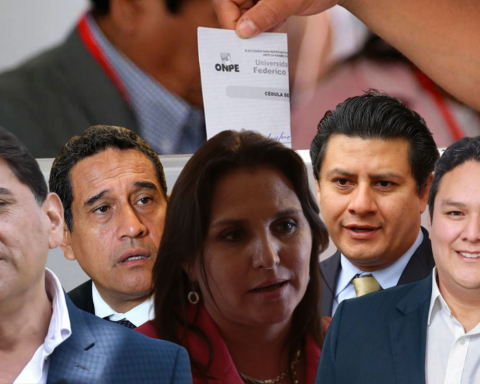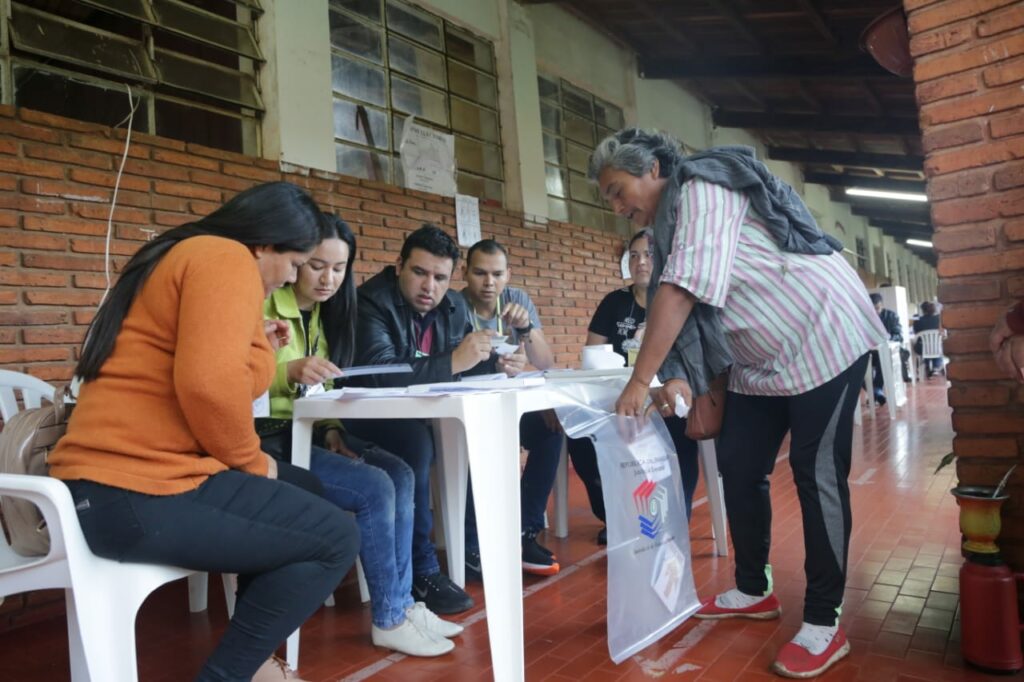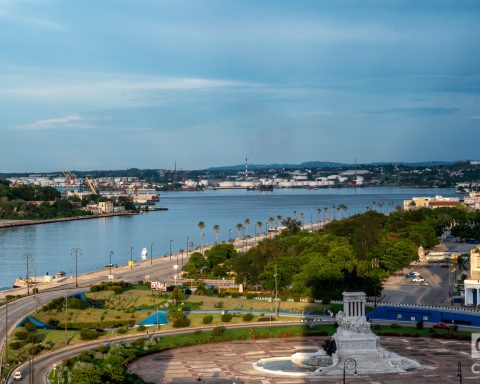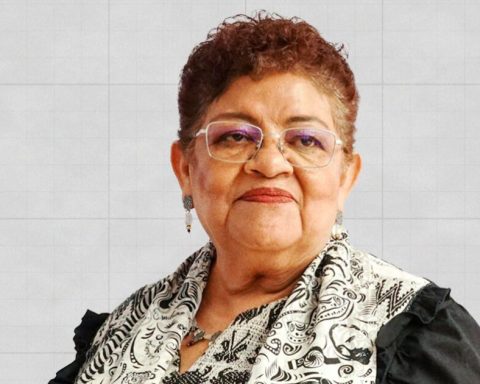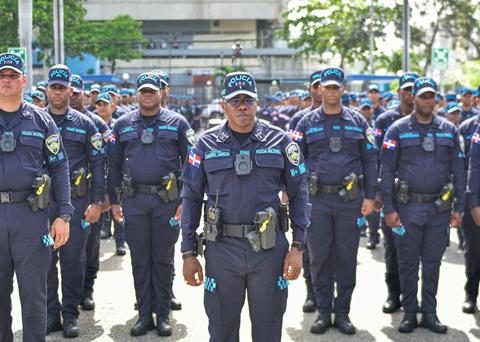Although this year the Gross Domestic Product (GDP) would have a lackluster growth (3%, according to the BCR, and 2.5%, according to some agencies), little is done to boost the economy, and a clear example of this is the slow progress of public spending.
According to ComexPerú, between January and September only 43% of the public investment has been executed, that is to say that only “S/4 of each S/10 budgeted have been spent”.
For the former head of the Ministry of Economy and Finance (MEF), Luis Miguel Castilla, and the former Vice Minister of Economy, Carlos Casas, one of the main reasons for this slow progress is due to the high turnover of ministers.
Until the fortnight of September of this year, the government of Pedro Castillo already had 70 ministers on its list.
“What we see is that the usual executing units of the national government, which are the Ministries of Transportation, Housing and Health, have spent much less than usual,” Castilla said.
The greatest concern is for the Transportation portfolio, since “it executes 25% of the country’s public budget.”
The former Minister of Economy recalled that there is an infrastructure gap that does not contribute to high growth in Peru. This situation is difficult to address with low public investment.
“Public investment represents more or less five points of GDP. This, added to lower private investment, a world of higher interest rates, of uncertainty about global growth, suggests that there is no obvious engine of growth for next year”, he added.
For his part, Carlos Casas pointed out that, in addition to the “disorder in the Executive”, there is a fear among some officials of holding contests due to the corruption problems in the country.
Look: Perupetro: Isabel Tafur Marín is made official as the new president of the Board of Directors
“A good official is afraid to hold a contest because he does not know if he is sitting next to a corrupt one or not, and that delays the execution of the investment,” he assured.
Less than two months before the end of the year, the also professor at the Universidad del Pacífico (UP) stated that they must be attentive to the disbursements that are made mainly in December.
“Every year little is spent, but in December more is spent. One year, even in the last month, 40% of public investment spending was executed, ”he warned.
This last minute execution can lead to decisions being made without much analysis and can even “open the door to corruption”.
For 2023 the situation is complicated, at least in the first months of the year, taking into account that new regional and local authorities enter.
FEWER PROJECTS
One fact to take into account is that, according to ComexPerú, while between 2005 and 2014 68 projects were awarded through public-private partnerships (PPPs), between 2015 and 2021 they only reached 15.
The union indicated that both the PPPs and the works for taxes have to be promoted to close the infrastructure gaps.
DATA
Between January and September, the investment of local governments grew 19%, that of regional governments 25% and that of the national government fell 5%.
As of June 30, there were 2,346 paralyzed works nationwide, with a cost of more than S / 29,000 million, according to the Comptroller.
